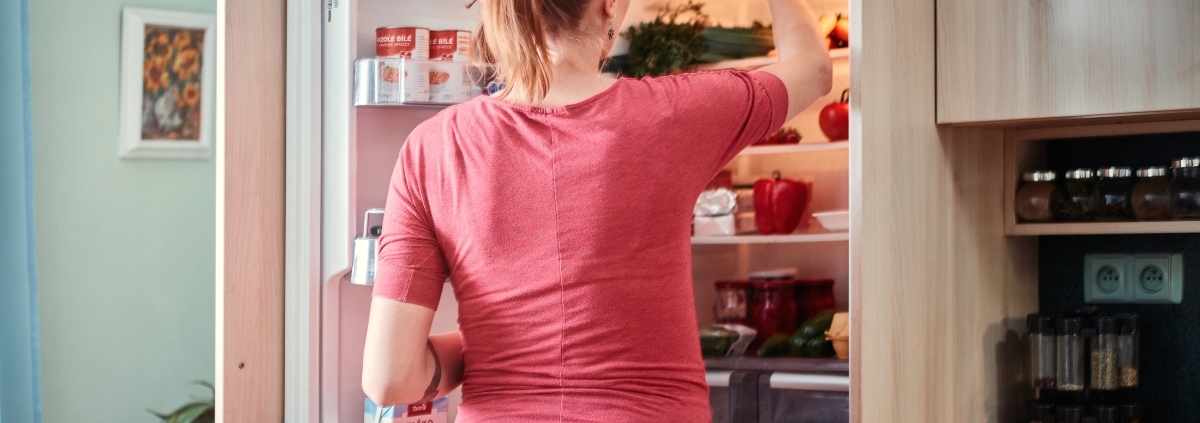A Cool New Way to Keep Things Cold: Salt-Powered Refrigeration
By: Telana Sladen
Science Explainer, Rachel Rayner, unpacked how fridges work. She also revealed a cool new way to keep things cold – using salt!
How Traditional Refrigerators Keep Things Cool
Although refrigerators have long been a household essential, their inner workings are rarely thought about, until they stop working or need to be moved. As Rachel explained, the cooling process inside a traditional fridge is surprisingly complex.
A liquid refrigerant is pumped through a system of coils inside the appliance. As it changes from a liquid to a gas, it absorbs heat from inside the fridge. This effectively pulls warmth away from the food. The gas is then compressed and condensed back into a liquid, releasing heat into the surrounding air. This process is repeated continuously to keep everything inside perfectly chilled.
The Environmental Cost of Cooling
However, as Rachel shared, this cycle isn’t without its downsides. The gases used are harmful if they leak into the atmosphere, contributing to ozone depletion and climate change. Because of this, scientists have been motivated to explore greener alternatives that use less energy and avoid damaging emissions.
And surprisingly, salt might hold the answer.
Salt: The Surprising New Cooling Agent
According to researchers at the University of California, Berkeley, a new type of cooling technology is being developed .This new tech uses salt-based materials instead of traditional refrigerants. The innovation relies on the same scientific principle – that when substances change state, they absorb or release energy.
By adding salt to a special, carbon-based material, scientists were able to lower its melting point and cause it to draw heat from its surroundings as it melted. Even more impressively, when a small electric charge was applied, the material became even more efficient . This managed to reduce temperatures by up to 25 degrees Celsius.
A Step Toward a Greener Future
While the technology is still in its early stages, Rachel noted that this could one day become a viable, eco-friendly replacement for the systems that currently power our fridges. “It’s still very small scale,” she explained, “but it’s showing that this does work, and that’s an amazing first step.”
Although this particular salt-based approach isn’t yet designed for heating applications, the science behind it opens the door for future innovation in energy-efficient temperature control. And, as Rachel pointed out, salt already plays a vital role in everyday science, from lowering the freezing point of ice to raising the boiling point of water.
Science That Inspires Wonder
As Asa quipped on the show, “That’s why we’re supposed to be the salt of the earth!”
It was another fascinating reminder that even the most ordinary household appliances are powered by extraordinary science. And thanks to ongoing research, a cleaner, more sustainable way to keep things cool may soon be just around the corner.
Article supplied with thanks to Sonshine.
Feature image: Canva





